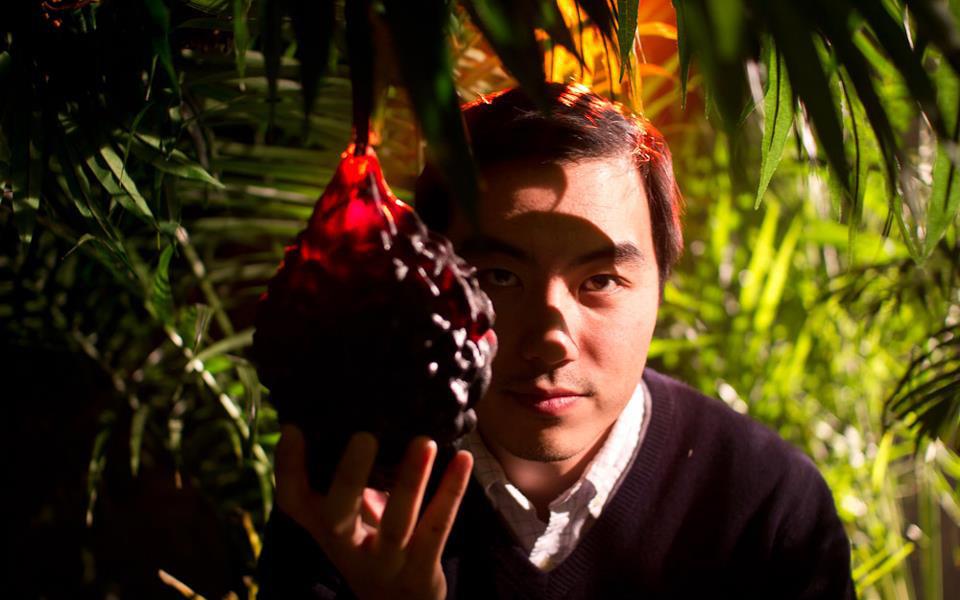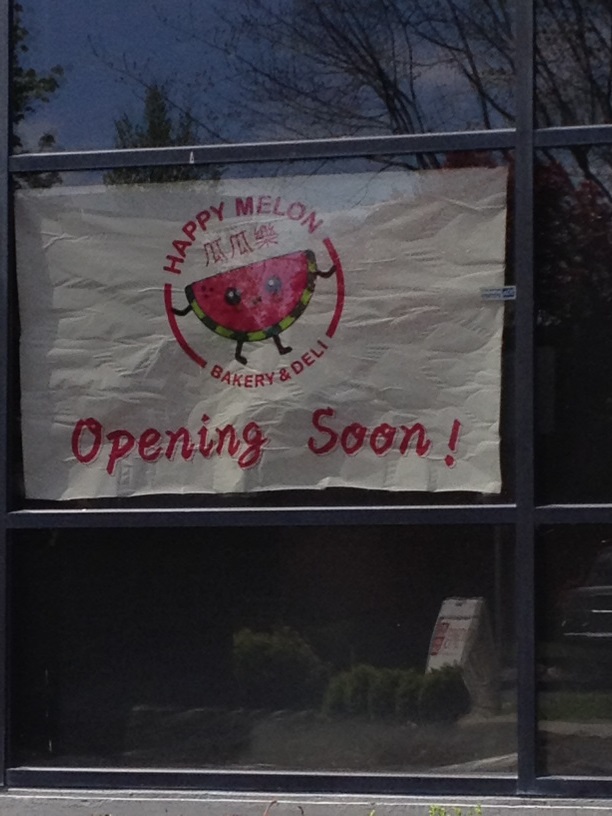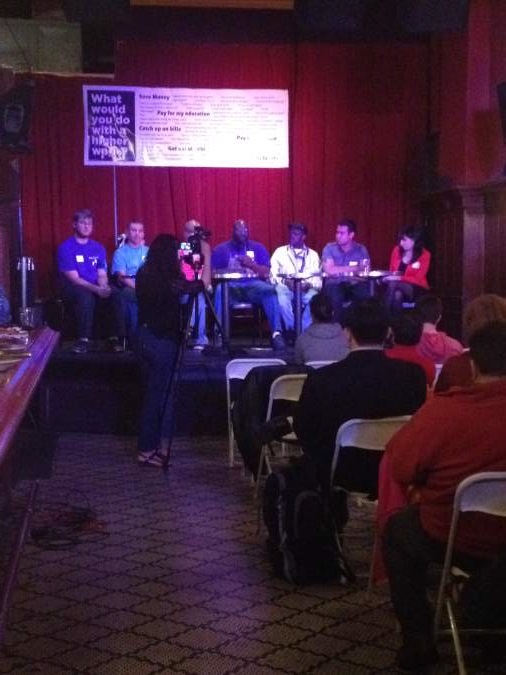Museum-collections managers see plenty of wedding dresses and fancy furniture. But few prospective donors think to contribute their kitchen appliances and utensils.
“Most people don’t think a museum would want that,” says Jessica Rubenacker, an exhibit specialist at the Wing Luke Museum of the Asian Pacific American Experience.
Fortunately, a few broad-minded community members have gifted their kitchenware to the Wing Luke, which is planning to showcase an array of culinary artifacts in its upcoming exhibit, “From Fields to Family: Asian Pacific Americans and Food.” The Wing Luke’s collection includes a noodle press, a fortune-cookie machine, massive woks, a 1910 coconut grater, and a restaurant booth in which museumgoers will be invited to sit.
“We’re going to put historic restaurant menus below the glass,” says Rubenacker, who recently reviewed the museum’s menu archive and is still marveling at how many Anglos apparently flocked to Seattle’s Chinatown for 55-cent egg foo young.
The new exhibit, which debuts this fall, is being designed to give guests the chance to interactively explore the meaning of food in the Pacific Northwest’s Asian-Pacific communities. In addition to the seat-yourself restaurant booth, planned exhibit elements include a circular table set with plates representing the region’s various Asian-Pacfic-American cultures and a wok station at which museumgoers can master proper stir-frying techniques.
“We want to go beyond teriyaki and buffets,” Rubenacker says. “We really want to highlight the Asian-Pacific-American connection to food. This is a theme that crosses ethnic groups.”
Museum staffers hope it’s also a theme that appeals to visitors who might not otherwise stop in the International District. The museum is charged with helping to revitalize the neighborhood around it, and staffers figure there’s no better way to whet appetites for the noodles and soups served in nearby restaurants than to explicate the history and culture of dishes eaters are likely to encounter.
Wing Luke doesn’t have a curator, so its exhibits are largely produced by locals. “Our exhibit specialists are like community organizers,” says development and marketing director Margaret Su. “Community members are the advisory committee, and over the course of a year or more, they say, ‘Here’s what we want the public to know.’ “
The dozen members of “From Fields to Family”‘s community advisory committee agreed at the outset to focus on the “personal aspects of the food,” Rubenacker says. Restaurant owners, chefs, food historians, union organizers, food writers, and farmers felt the exhibit should center on the connectivity food fosters.
To that end, they’ve structured the exhibit in four distinct sections. One is devoted to food production, in which museumgoers can discover what Issei oystermen learned from Native Americans and find out how Hmong flower-growers relate to their non-Hmong customers at area farmers markets.
The exhibit’s second section, which focuses on daily and ritual food experiences, will examine the family dinner. The third will look at discriminatory policies that have shaped the Asian-Pacific-American diet, and the fourth will address links between traditional Asian-Pacific-American food and contemporary dining. This section is slated to include an interview with Rachel Yang, chef at Joule and Revel, and a video documentary about Marination Station.
“It’s the life cycle of food, what it takes to get this food on your table,” Su says.







